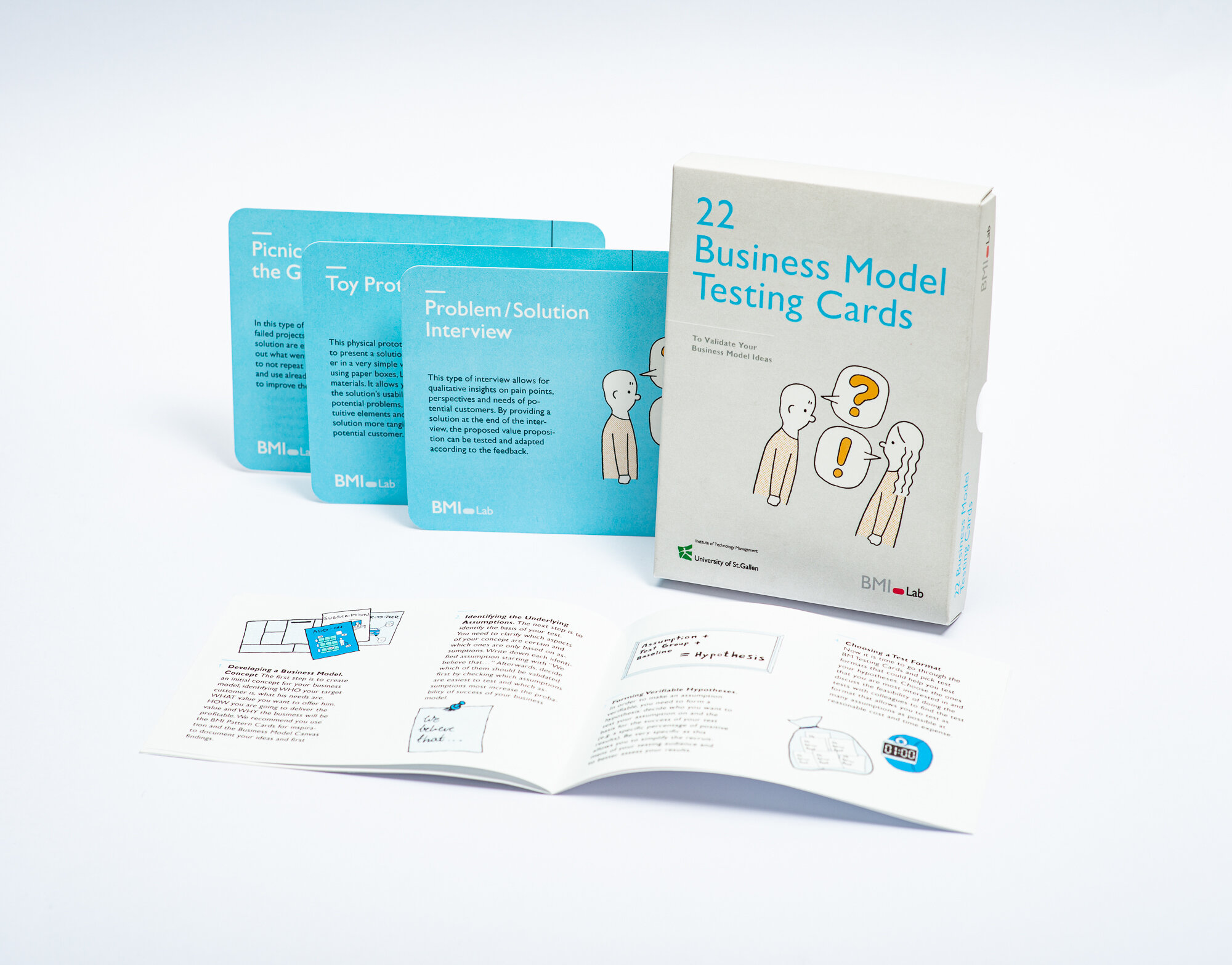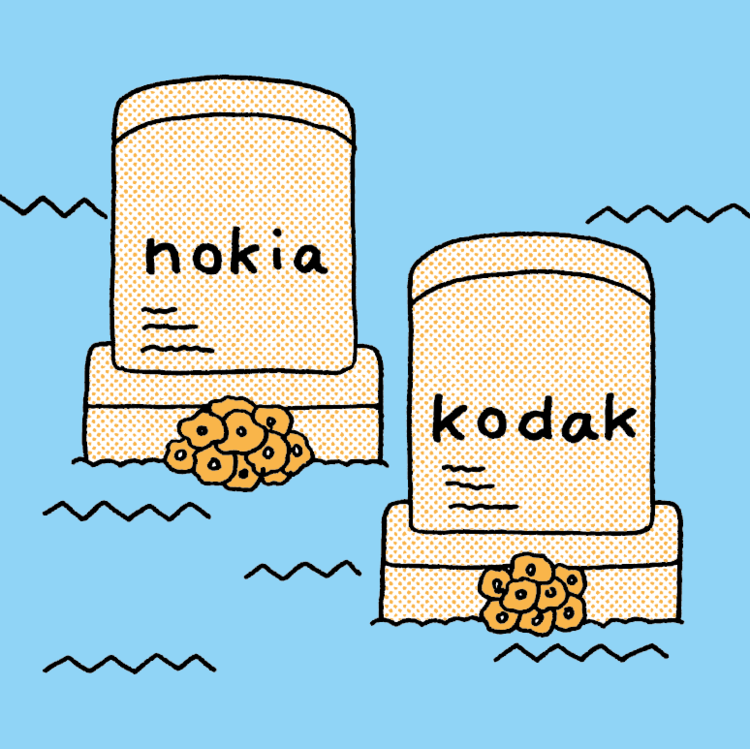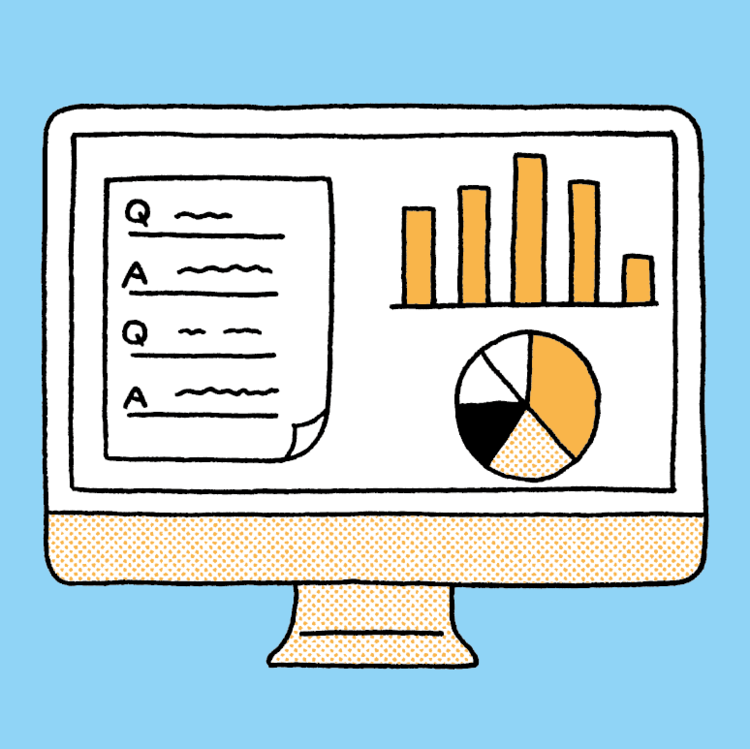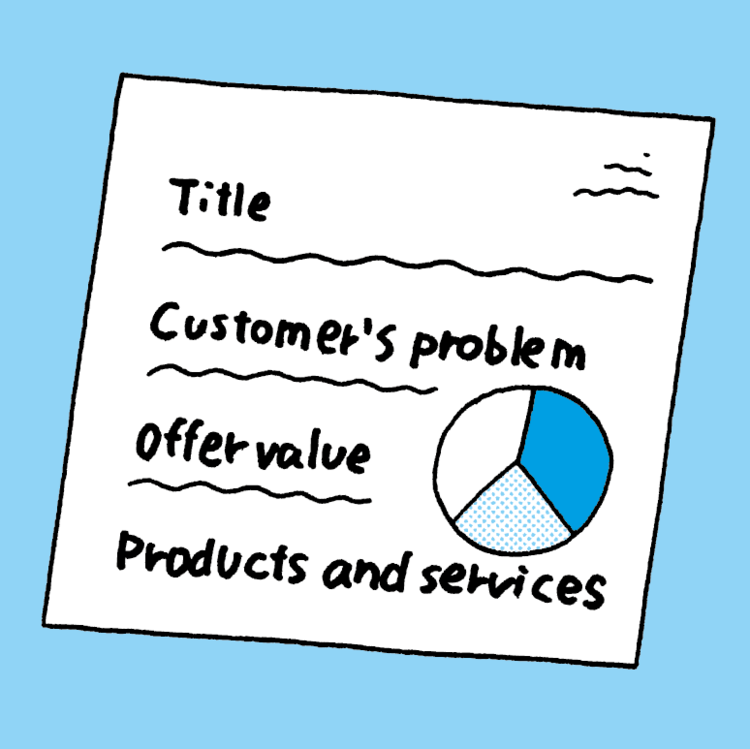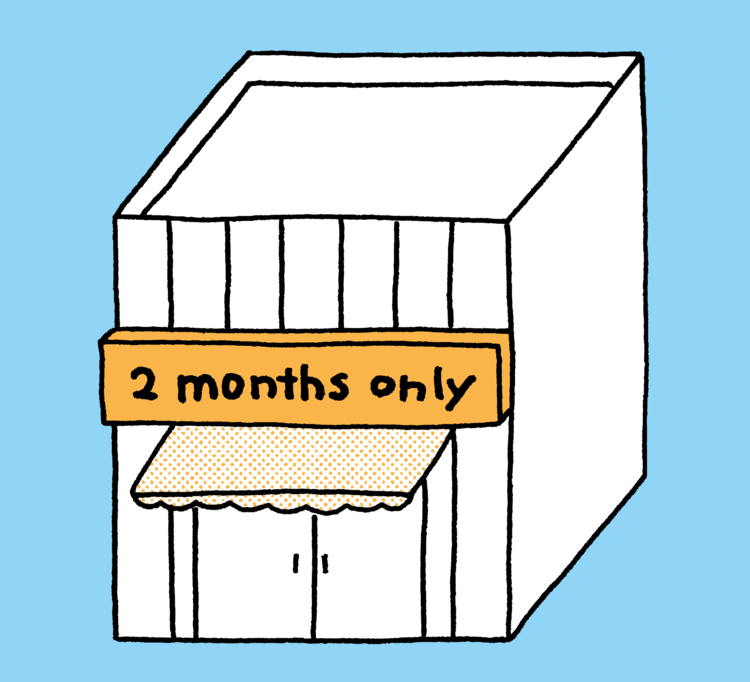The Business Model Testing Cards
Business Model Innovation Testing helps to systematically decrease uncertainties of your business to improve the probability of success. Our Business Model Testing Cards provide different testing formats with explanations and examples of companies that have used the test format. For more information, see below or check out our blogpost on Business Model Testing.
Explore the Testing Cards
In this section, you can dive into the 22 Business Model Testing Cards, each providing a practical way to help you test and validate new business models. A description, helpful tipps, a How-To guide, and real use cases support you in understanding the test.
Select a test from the list below in order to get started.

Toy Prototype
This physical prototype is used to present a solution to customers in a very simple way, e.g. by using paper boxes, Lego, or other materials. It allows you to test the solution’s usability, identify potential problems, reveal less intuitive elements, and provide a more tangible solution for potential customers.

Contextual Inquiry
This method is aimed at revealing the knowledge customers might have but are unaware of and therefore unable to communicate in a traditional interview through pure observation or combined with explorative interviews. This approach helps in exposing unidentified customer needs and problems, workarounds, and substitute solutions.

(Blog) Post
Blogs and posts on various platforms (e.g. Medium, LinkedIn, Twitter) are a way to validate ideas with the right target market with minimal effort. Due to the two-way communication, it is an ideal platform to co-create with potential customers and gather feedback during the development process of the solution.

Event
In this type of test, potential users of the solution are invited to a specific location to interact with the creators of the solution and potentially test aspects of it. This is used to test the attractiveness of the value proposition and as a means to get face to face feedback for (parts of) the solution.
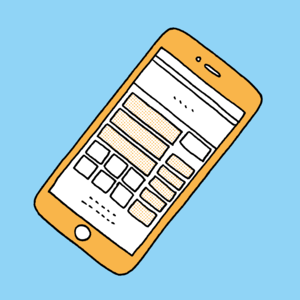
Prototype
A prototype is an early form of a final product built to test particular features or aspects of the offering without the need to develop it completely. Its focus varies according to its purpose: it can be built as a proof of concept, as a way to test specific functionalities or to test the user experience and visual presentation.

Landing Page
A landing page is a simple website that can be used to present the solution online. It generally includes the value proposition and main characteristics of the offer and a call to action button where interested customers can register to receive further information. It is often used in combination with other on- or offline test formats that generate customer traffic.

Pre-Order
The final solution is offered to the public or a part thereof before the actual launch and/or finalized production, e.g. through your own website or crowdfunding platforms like Kickstarter. Buyers commit themselves to buy the solution once it is ready, thus demonstrating their interest in the offering and a willingness to pay for it.

Concierge Test
In this type of MVP, a service is manually offered to customers, with them knowing that they are test users and agreeing to give feedback on the solution. It is usually used for a small group of customers and includes considerable manpower to perform but helps to refine the UX of the service and identify areas for automation and optimization.

Price Calculator
A price calculator is an interactive tool to introduce customers to a value-based pricing model. According to predefined parameters like usage time, number of users, features, or quality, a price is established. This tool helps test the interest in a solution and its pricing model, as well as the customers’ understanding of its calculation.

Conjoint Analysis
Conjoint analysis is an indirect, statistical analysis technique. Based on a limited number of key characteristics, different offer bundles are shown to customers, who then must decide which bundle they prefer. This helps with calculating the value of the different features of an offering and the overall interest in a specific solution.

Price Sensitivity Meter
Van Westendorp's Price Sensitivity Meter is a direct statistical method to determine consumer price preferences. Customers are asked at which price an offer is considered to be a bargain, getting expensive, too expensive, or too cheap. The results are plotted and the intersections reveal a range of acceptable prices, helping define the optimal price.
Get in touch
Do you need help with a specific project or want to learn more about how to use the Business Model Testing Cards?
Book a 15 min call at your convenience
Receive a personalized quick assessment
Get to know us - no strings attached

